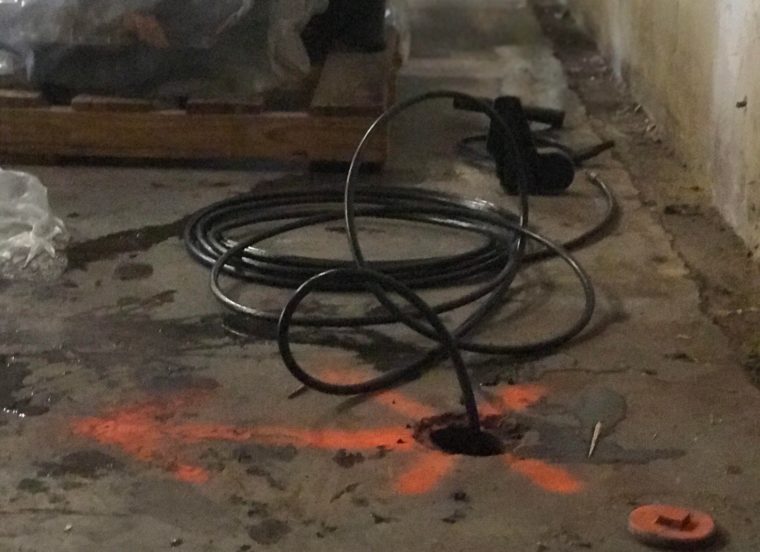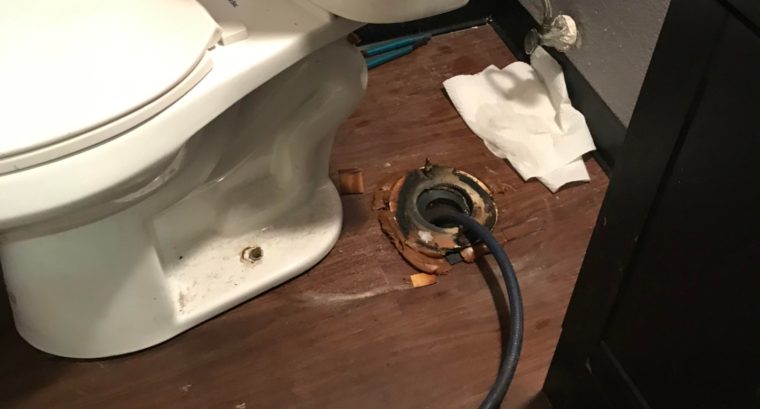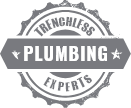Pipes don’t last forever. While they are made from materials that can last for several decades, in time, joints can come apart. The weight of the soil and the building above can cause buried pipes to crack and start leaking. Tree roots can infiltrate and damage the pipes. The problem is, when a leak is deep underground, you may not know you have one for a long time.
Hydrostatic testing is an effective way to find out if any of your pipes are leaking. These days, it’s being used to find leaking pipes in residential and commercial properties, especially those that are under slabs.
What Exactly Is Hydrostatic Pressure Testing?
Hydrostatic testing is used to find leaks in pressurized systems. Pipelines, plumbing, boilers, fuel tanks, and gas cylinders are commonly tested with this method. It can be done on your home’s sewer line to see if any leaks are present.
A hydrostatic test involves filling a system with a liquid. Once the system is filled with liquid, it’s pressurized to test the system’s integrity. The next step is observation. A drop in the liquid level is a clear sign the liquid is coming out somewhere, even if no one can see the leak.

This method of testing is generally non-destructive as long as the testers follow certain guidelines. Here’s a partial list of what is recommended:
- Determine the appropriate test pressure based on the system’s components
- Do not over-pressurize the system
- Increasing pressure gradually to prevent a blowout
- Using appropriate pressure testing equipment such as gauges, pumps, and hoses
- Get training in how to operate test equipment safely
- Isolate testing areas from other parts of the system
- Use approved SOPs
- Wear appropriate personal protective equipment (hard hats, safety glasses, protective gloves)
How Does Hydrostatic Testing Work in a Home’s Sewer System
Trees are always searching for reliable sources of water. They send their roots in every direction to find moisture. Sewer pipes are an attractive source. The tree sends microscopic root tendrils into the tiniest opening. If it finds a place to get inside, the root will start drawing moisture from that source. This triggers the root to grow bigger, which forces the opening to become larger. In time, the roots can crack the pipe and cause it to break.
Hydrostatic testing helps plumbers find these hidden leaks. It starts by finding the drain line’s cleanout. The plumber inserts an inflatable test ball into the cleanout. The ball gets inflated to block the sewer line, usually close to the foundation’s edge.
With the main sewer line blocked, the plumber fills it with water, up to the slab’s top edge. Then, it’s a matter of waiting. The plumber waits to see if the water level starts to drop. If it does, there’s a leak under the building’s slab.
The next step is to find out where the leak is. One option is to feed a video camera down into the sub-slab pipes to find the location of the leak. It also offers the ability to inspect the general condition of those pipes.
Another option is to use inflatable plugs to isolate and test different sections of pipe. The plumber uses the video camera to position the plugs to different points. This makes it possible to isolate and test different sections of the pipe.
Why We Use Hydrostatic Testing

Detecting slab leaks is a major part of our business. That’s why we use hydrostatic pressure testing. It helps us find and fix these hidden leaks.
Hydrostatic testing is performed to determine if a house or building a sub-slab sewer system contains leaking piping. Test plugs are inserted into existing cleanouts to block and fill the 50+-year-old cast iron sewer system with water. The water is observed in an exposed toilet drain – a loss in water level indicates leaks in the aged piping.
To protect the integrity of the aged buildings’ foundation, CIPP (Cast in Place Pipelining) Trenchless Epoxy Pipelining is installed throughout the buildings’ main sewer lines to renew the sub-slab sewer piping system with no excavation. When CIPP isn’t an option, tunneling below the building from the exterior is an option with no cosmetic damage to the interior of the building.
If you suspect you have a leak somewhere you cannot see, contact Accurate Leak and Line today. We have the expertise and equipment to find the leak and to make the repair.









